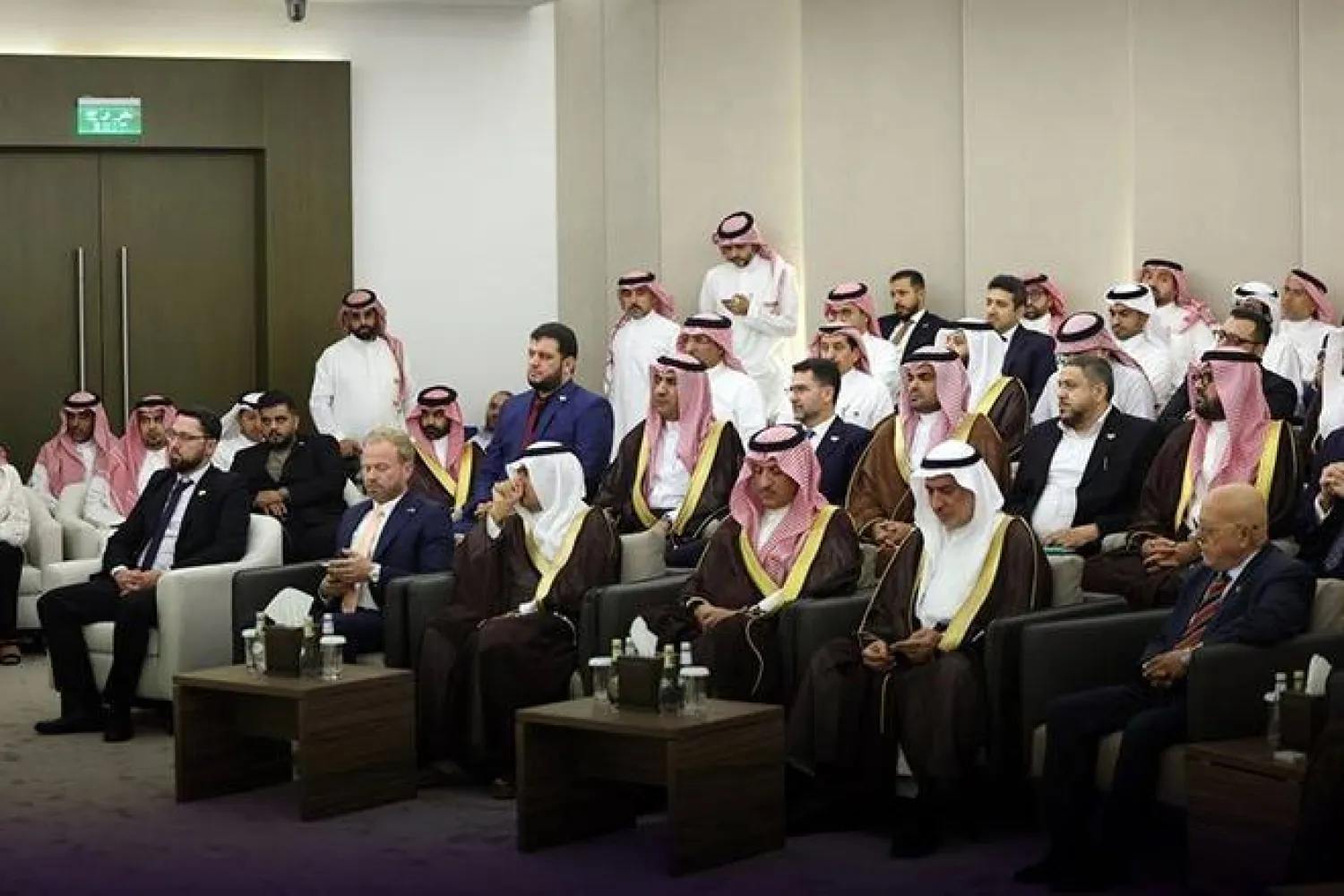China's economy is set to grow 5% this year, after a "strong" first quarter, the International Monetary Fund said on Wednesday, upgrading its earlier forecast of 4.6% expansion though it expects slower growth in the years ahead.
The IMF said it had revised up both its 2024 and 2025 GDP targets by 0.4 percentage points but warned that growth in China would slow to 3.3% by 2029 due to an ageing population and slower expansion in productivity.
The global lender now expects the world's second-largest economy to grow 5% in 2024 and to slow to 4.5% in 2025.
"The upgrade that we have for this year mainly reflects the fact that first quarter GDP growth came in stronger than expected, and there were some additional policy measures that were recently announced," IMF's First Deputy Managing Director Gita Gopinath said in Beijing.
China's economy grew at a faster than expected 5.3% pace year-on-year in the first quarter, but deflationary pressures continue to loom large and a protracted property crisis remains a major drag on growth.
"Inflation is expected to rise, but stay low, as output remains below potential. Core inflation is projected to increase only gradually to average around 1% in 2024," Gopinath said at a press conference to mark the release of the fund's annual review of China's economic policies.
A string of recent economic indicators for April including factory output, trade and consumer prices suggest the $18.6 trillion economy has successfully navigated some near-term downside risks, but China observers say the jury is still out on whether the bounce is sustainable.
Retail sales in April, for instance, grew at their slowest pace since December 2022, when Beijing's strict zero-COVID curbs were in place, while new home prices fell at their fastest rate in nine years.
"Risks to the outlook are tilted to the downside, including from a greater or longer-than-expected property sector readjustment," Gopinath said. "The ongoing housing correction, which is necessary for steering the sector to a more sustainable path must continue."







